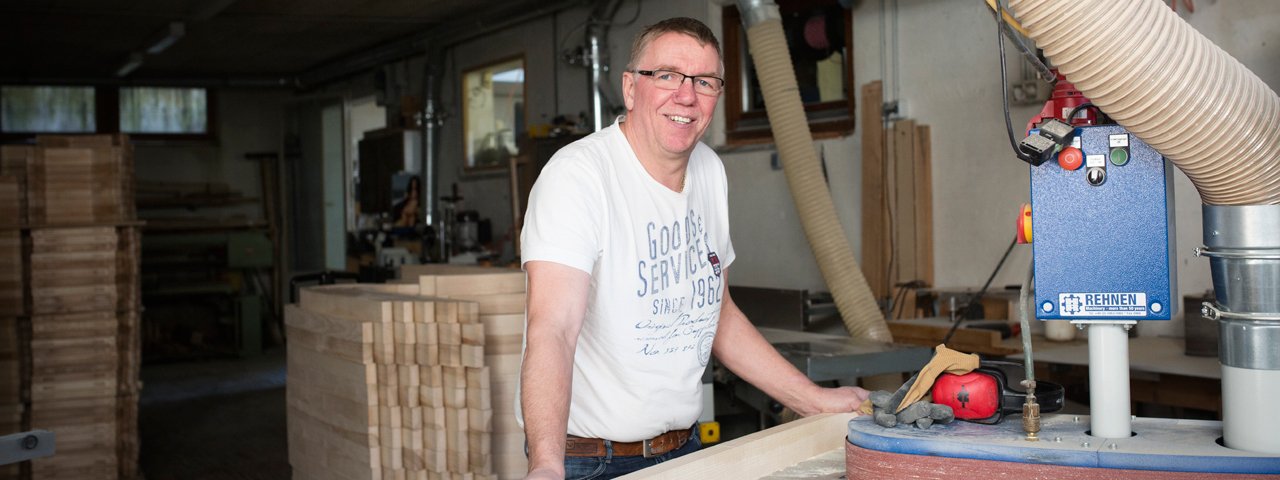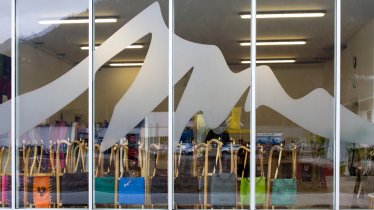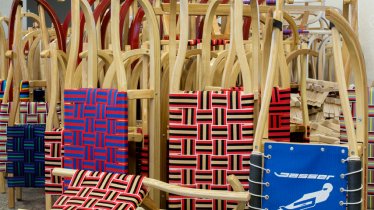Former professional sportsman and Olympic medallist Georg Fluckinger today runs a successful toboggan-building business in Langkampfen.
During his days as a professional luge athlete, Georg Fluckinger made a living from hurtling down sheet ice feet-first – certainly not for the faint-hearted! However, the high-tech sleds used by Fluckinger and his partner Karl Schrott to win bronze in the two-man luge event at the 1980 Winter Olympics in Lake Placid have little in common with the wooden ones you and I are used to dragging up the mountain in winter, before enjoying a hot tea in a cosy wooden hut and then embarking on a gentle descent back down into the valley.
Ancient roots
Today, Georg Fluckinger uses his years of experience to build toboggans and luges in his own factory in Langkampfen. This form of winter transport has been used for many millennia in cold and snowy regions, often to transport heavy and bulky goods such as wood and hay more quickly and easily. Aside from the practical advantages they bring, toboggans are simply great fun – a fact which is likely to have been as well known among our early ancestors as it is to us today. In his writings, the Ancient Greek historian Plutarch wrote of how the Cimbri 'flew up the Dolomites naked before zooming back down into the valley on their shields'.
In Tirol there are hundreds of well-maintained toboggan runs catering for all fitness levels and abilities. Tobogganing is easy, relatively cheap and huge fun. And you don't even have to be naked to do it!
During his days as a professional luge athlete, Georg Fluckinger made a living from hurtling down sheet ice feet-first – certainly not for the…










